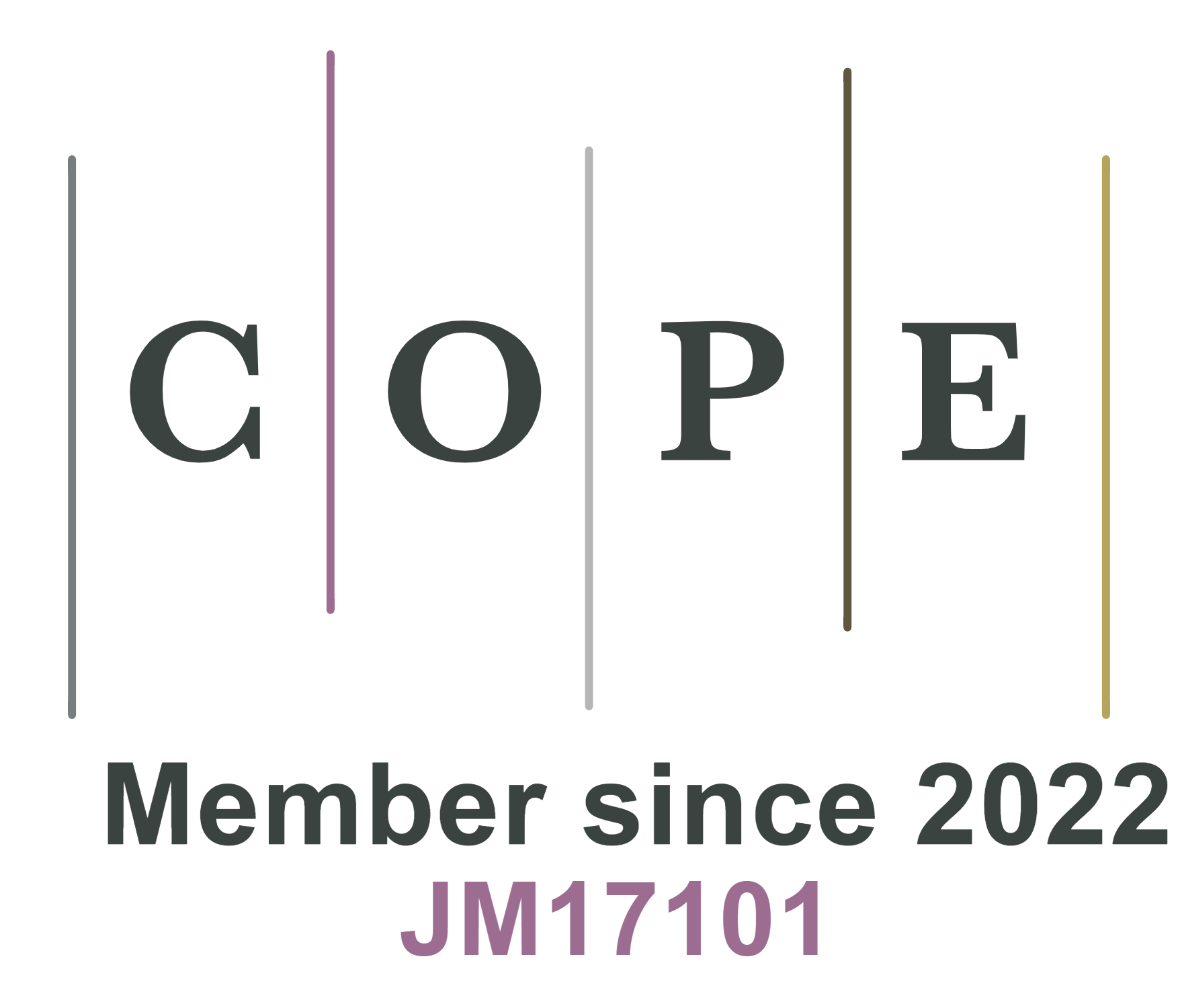Post-hybridization of MIL-101(Cr) with graphene oxide enhances its hydrogen storage and release capacities
Abstract
Hydrogen (H2) is a clean and high-energy carrier, but its low volumetric energy density remains a major barrier to practical storage and transport. This study demonstrates that the hybridization of MIL-101(Cr) with graphene oxide (GO) effectively enhance H2 storage and release capacities. The integration of GO, with a density of 450 kg m-3, into MIL-101(Cr), a highly porous metal-organic framework (ABET ≥ 3500 m2 g-1, Vpore ≥ 2.0 cm3 g-1 and 259 kg m-3 of density), was investigated through a post-synthetic hybridization strategy, leading to increased ultra-microporosity and enhanced density of the resulting hybrids. Although GO incorporation led to a reduction in gravimetric (wt.%) H2 storage at 77 K and 100 bar, ranging from 3% to 36% as GO content increased, it significantly improved H2 uptake at 273 K and 100 bar. The hybrid with 1 wt.% GO exhibited the most notable enhancement, achieving a 40% increase in gravimetric storage capacity (273 K, 100 bar) compared to pure MIL-101(Cr). This hybrid also demonstrated superior volumetric performance, reaching a 6% increase both in total H2 storage, 35.8 kg m-3 (77 K, 100 bar), and deliverable capacity, 34.2 kg m-3, under practical operating conditions (i.e., charging: 77 K and 100 bar; discharging: 160 K and 5 bar). These findings highlight the dual role of GO: densifying the composite while potentially introducing ultramicroporosity, particularly effective at elevated temperatures, offering a promising pathway toward practical, scalable, and efficient hydrogen storage systems.
Keywords
Metal-organic frameworks (MOF), hydrogen storage, adsorption; graphene oxide (GO), MOF/GO hybrids
Cite This Article
Jimenez Lopez L, Morales Ospino R, Pinto RV, Castro-Gutiérrez J, Mouchaham G, Serre C, Celzard A, Fierro V. Post-hybridization of MIL-101(Cr) with graphene oxide enhances its hydrogen storage and release capacities Energy Mater 2025;5:[Accept]. http://dx.doi.org/10.20517/energymater.2025.101













